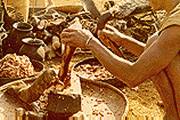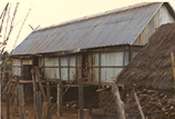These three pictures, taken by Tom Robbins, show daily life in the typical Montagnard village. The man on the left is cutting the meat off a water buffalo leg. They used the water buffalo as tractor, moving van, food, and household utensils. They would crack the marrow out of the bone to make soup, or stews.
The center picture is of a typical long house. They were almost always raised off the ground five or six feet. Many had the "steer horns" at the ends of the roof like you see in this picture. I don't know if it was purely structural, or had some spiritual significance. The space underneath the houses were used for storage of firewood, grain, even a roost for the chickens at night.
Almost everyday was laundry day in the village. It also gave the women a public meeting place. From sun-up to sundown, every member of the tribe had something to do. It was a hard existence, but one lived with good grace by the "Guardians of the Mountains." |
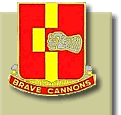

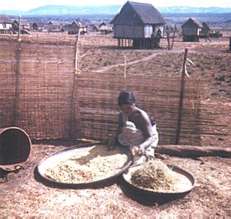
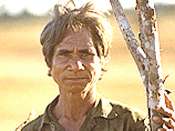 To the best of my knowledge the village of Plei Mrong were one of these three tribes, Bahnar-Jari-Rhade, which were in the central highlands. I might mention that in some cases that there was more than one village with the same name.The village of Plei Mrong was occupied by a people known as Montagnard. The word is pronounced as one word "mountain-yard". Montagnard is a French word meaning "mountain people". There are/were 20+ different ethnic tribes of Montagnards in Vietnam. To the best of my knowledge the village of Plei Mrong were one of these three tribes, Bahnar-Jari-Rhade, which were in the central highlands. I might mention that in some cases that there was more than one village with the same name.
To the best of my knowledge the village of Plei Mrong were one of these three tribes, Bahnar-Jari-Rhade, which were in the central highlands. I might mention that in some cases that there was more than one village with the same name.The village of Plei Mrong was occupied by a people known as Montagnard. The word is pronounced as one word "mountain-yard". Montagnard is a French word meaning "mountain people". There are/were 20+ different ethnic tribes of Montagnards in Vietnam. To the best of my knowledge the village of Plei Mrong were one of these three tribes, Bahnar-Jari-Rhade, which were in the central highlands. I might mention that in some cases that there was more than one village with the same name.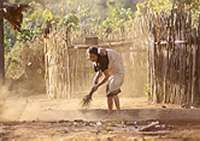
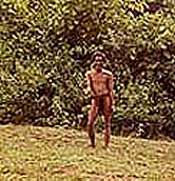
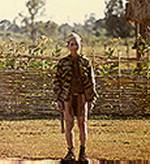
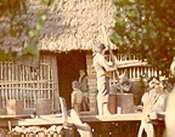
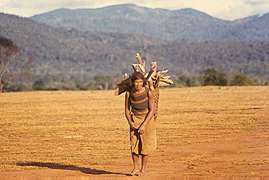
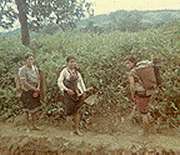
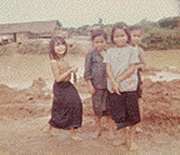 The little kids on the leftt are like little kids everywhere; at once shy, but curious. That is a traditional long house in the background. Sometimes several families would use one, and the meeting hall was usually the biggest.
The little kids on the leftt are like little kids everywhere; at once shy, but curious. That is a traditional long house in the background. Sometimes several families would use one, and the meeting hall was usually the biggest. 